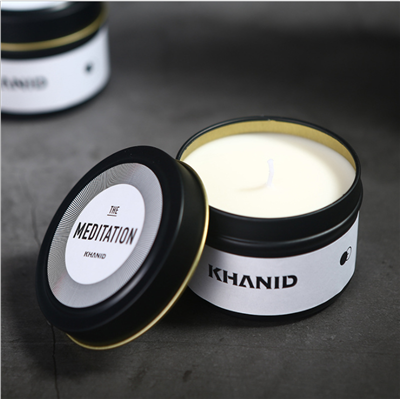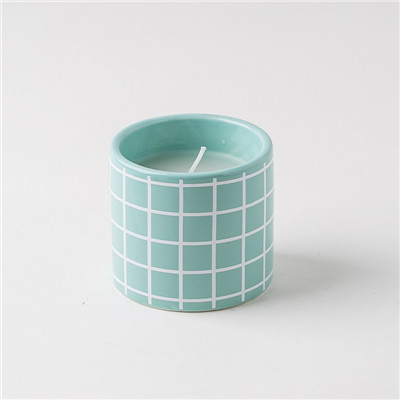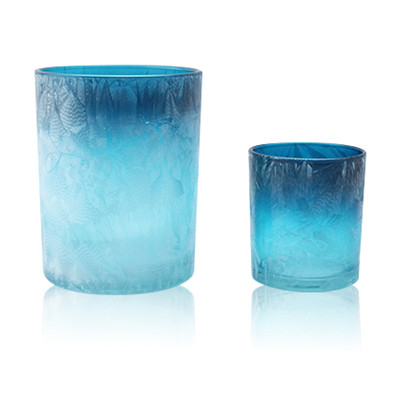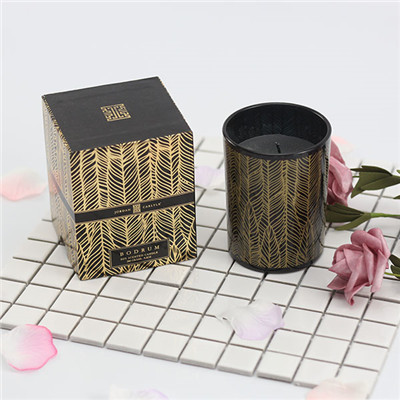How to make tin candle jar?
How to make tin candle jar? 1. Casting: Use delicate iron molds to cast each product. 2. Manual tarnishing: rasping the rough edges by hand. 3. Polishing: Throw away the surface of the product to achieve a satin luster. 4. Welding: A perfect welding interface must accurately determine the time and temperature. 5. Hand polishing:…










